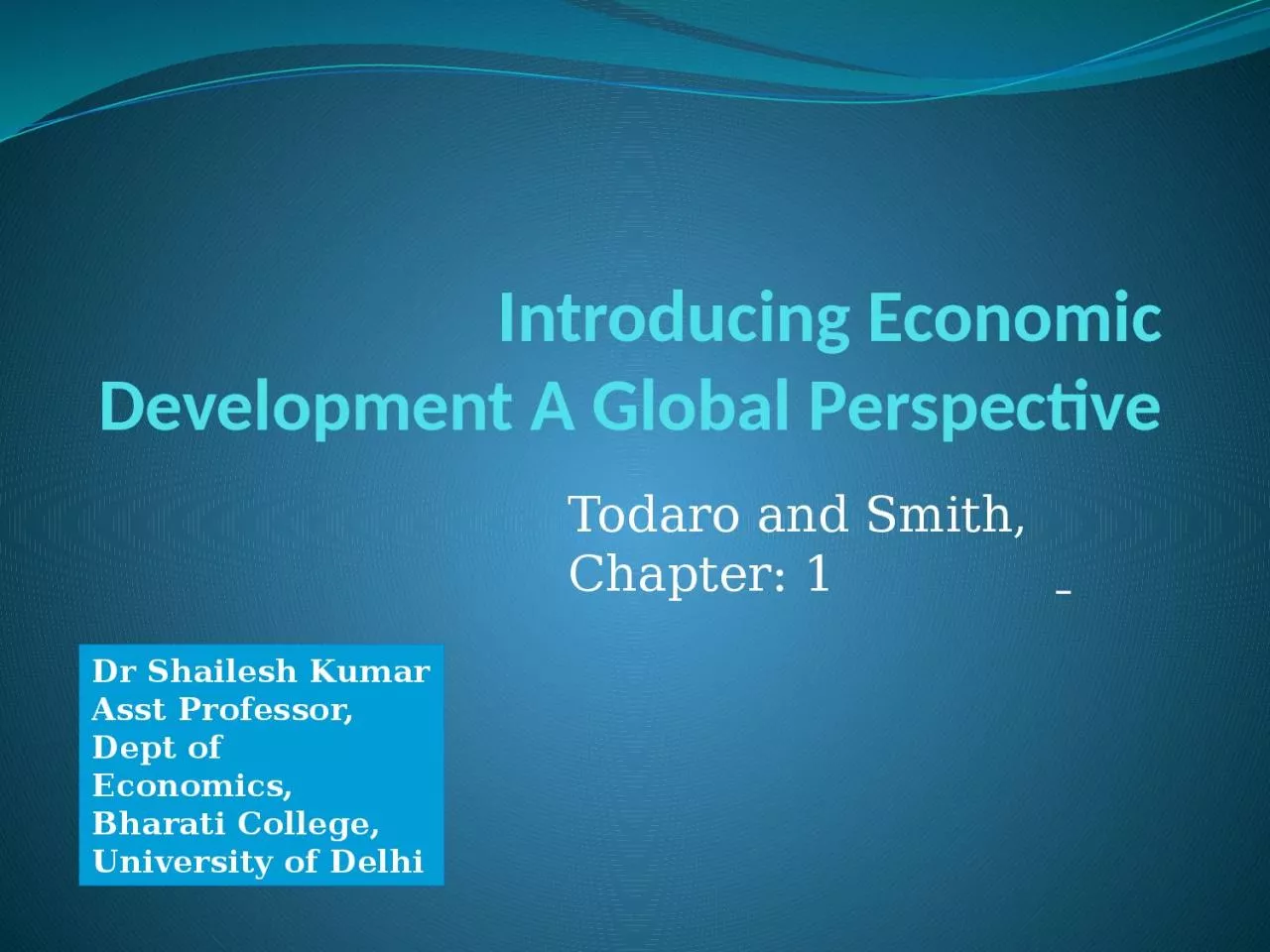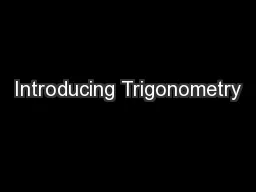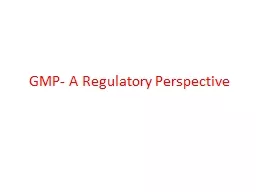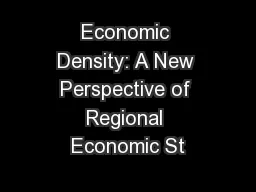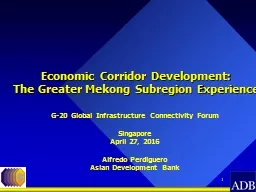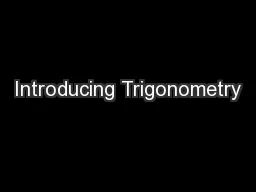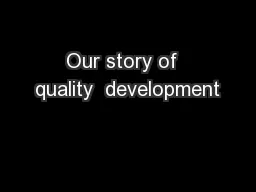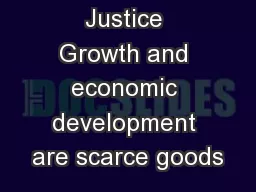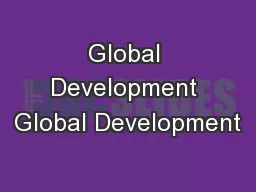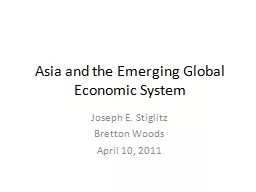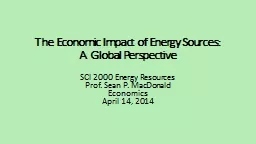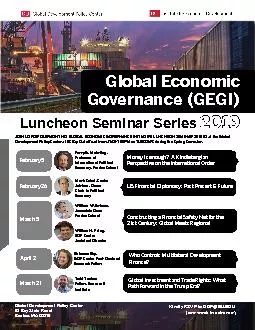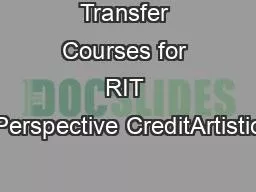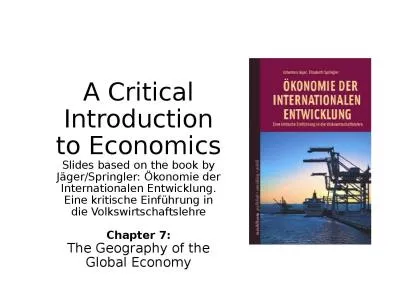PPT-Introducing Economic Development A Global Perspective
Author : anderson | Published Date : 2022-06-11
Todaro and Smith Chapter 1 Dr Shailesh Kumar Asst Professor Dept of Economics Bharati College University of Delhi What Do We Mean By Development development may
Presentation Embed Code
Download Presentation
Download Presentation The PPT/PDF document "Introducing Economic Development A Globa..." is the property of its rightful owner. Permission is granted to download and print the materials on this website for personal, non-commercial use only, and to display it on your personal computer provided you do not modify the materials and that you retain all copyright notices contained in the materials. By downloading content from our website, you accept the terms of this agreement.
Introducing Economic Development A Global Perspective: Transcript
Download Rules Of Document
"Introducing Economic Development A Global Perspective"The content belongs to its owner. You may download and print it for personal use, without modification, and keep all copyright notices. By downloading, you agree to these terms.
Related Documents

